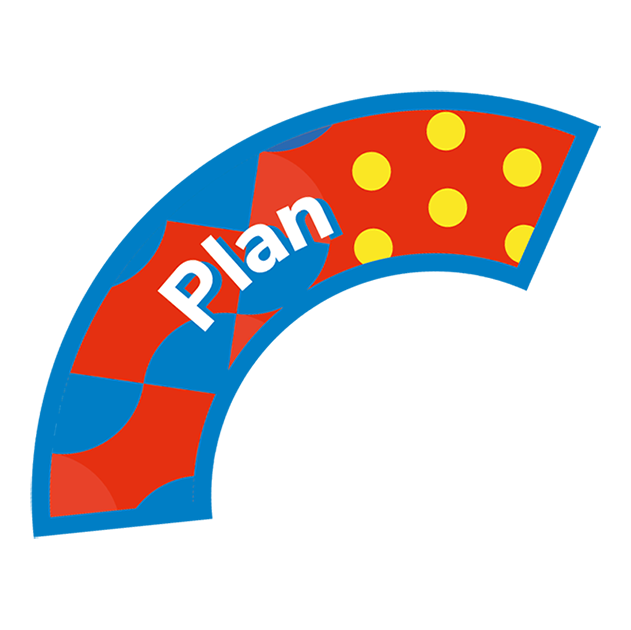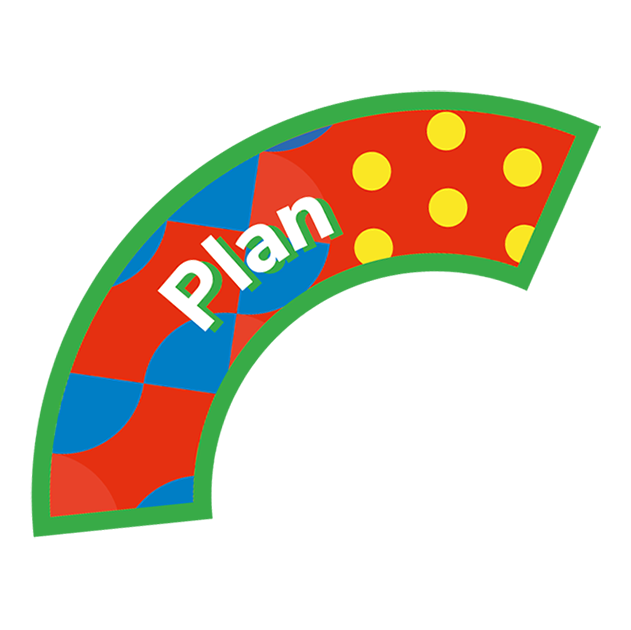
Create your dream Scouts camp
You’ll need
- Access to a computer
- A ball
- Art equipment (optional)
Before you begin
- Use the safety checklist to help you plan and risk assess your activity. Additional help to carry out your risk assessment, including examples.
- Make sure all young people and adults involved in the activity know how to take part safely.
- Make sure you’ll have enough adult helpers. You may need some parents and carers to help if you’re short on helpers.
Planning this activity
- This activity contains several ideas that your group could use to decide what they’d like on their next camp. It’s up to you which of the ideas you choose to try.
- You can set some boundaries to guide people’s ideas – or let everyone’s imagination run wild!
- The important thing is that everyone has a chance to have their say. It’s really important that everyone contributes – what can you do to the space and the environment to help everyone feel comfortable sharing their ideas?
Dream big
Part of doing something new together is learning what’s possible. If you dream big, you might end up going big.
You could try a version of the activities below where you do a fantasy camp, as well as a more realistic one, and see where your imagination could take you.
By the end you’ll need to have decided on the following things (and anything else you want to add):
- Where you want your camp to be – a favourite place, indoors our outdoors, or somewhere new?
- What do you want to sleep in - in bunk beds, in individual tents, one big tent, hammocks, or something else?
- What activities do you want to do and do you want to work towards a specific badge?
- What do you want to eat?
- When in the year do you want to go and what kind of weather are you hoping for?
- How long do you want to go for – a night or two, a weekend, or a whole week?
- Gather everyone together in a circle and explain you’re all going to design your dream camp. Remind everyone to respect and listen to each other, and always make sure everyone has a chance to have their ideas heard.
- Tell everyone you’ve three games to play and all ideas are welcome. If there are any boundaries, set them now, but try to let everyone be as creative as they want to be!
- When you’re ready, start playing the games. You may want to add in your own ideas too, such as voting for ideas.
You’ll need a ball, and a way to make lines on the floor.
The aim of this game is to share the worst possible idea – have some fun with some terrible camp suggestions!
- Split the space into four sections and split the group into four teams – each team should stand in a different section.
- Throw a ball into the middle of the space. Each team should try to keep the ball out of their quarter.
- An adult should keep their back turned from the game.
- The adult should blow a whistle at random.
- When the whistle blows, everyone should freeze.
- The team that has the ball in their quarter should answer one of the questions above with their worst idea.
- The winning team is the one who has to answer the least!
You’ll need a ball.
The aim of this activity is to come up with lots of good ideas by building on what other people have said. It’s a good memory test too! Make sure everyone makes a suggestion for every category. You can edit the list at the end if you want to.
- Everyone should stand in a circle and one person should hold the ball.
- The person with the ball should say what the group will try to decide first, such as the food on the camp. They should start a sentence with an idea, such as ‘on the camp we’re going to eat pasta’, then say someone else’s name and throw the ball to them.
- The second person should catch the ball, repeat the sentence, then add an idea to the end that goes with the first person’s idea .Then they should say someone else’s name and throw the ball to them. For example, they could say ‘on the camp we’re going to eat pasta and meatballs’.
- Everyone should continue catching the ball, repeating the sentence, adding a food, and passing the ball on until everyone’s added to the list.
- Everyone should play again until they’ve come up with ideas for all of the things they need to decide on.
Now everyone’s heard plenty of ideas, it’s time to work together to make some decisions. Everyone should think about how they’ll pitch to others about what they’ve decided.
You could split into teams to share your best camp ideas in a creative way, for example:
- A 90-second advert to encourage people to come
- A poster with all the fun details the group has decided
- A mime
- A song
- A presentation
Reflection
Everyone has different ideas and dreams for their camp, and it’s important that everyone is heard, even if some people disagree. What did people learn about each other through their ideas? How did they decide on something that everyone can get something out of? Where else could this happen in life?
Safety
All activities must be safely managed. You must complete a thorough risk assessment and take appropriate steps to reduce risk. Use the safety checklist to help you plan and risk assess your activity. Always get approval for the activity, and have suitable supervision and an InTouch process.
Introduce the idea of a budget. Can you make sure that your ideas fit the budget?
- If someone struggles to contribute to group discussions, they could write down ideas as the group make suggestions. This gives them an important role of recording ideas. They could share them at the end or give them to someone else to read out.
- If people aren’t comfortable throwing balls, they can roll them across the floor.
All Scout activities should be inclusive and accessible.
Where else could you share your dream camp plan? Have you considered other groups or sections to invite to the camp? How does that change your plan?
Young people should have the final say in the ideas. Give them the chance to lead the session where possible.

